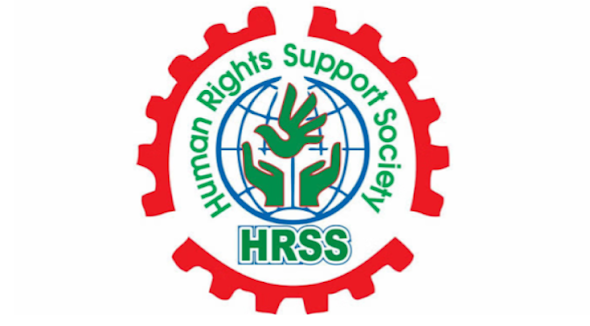Bangladesh's Mob Lynching Crisis: 119 Killed in Just 7 Months
Mob violence in Bangladesh has escalated to alarming levels. According to a report by the Human Rights Support Society (HRSS), at least 119 people have been killed and 74 injured in 114 mob lynching incidents over the past seven months—a grim indicator of the growing erosion of law and order.
A Worsening Trend
The report highlights the disturbing frequency and brutality of these incidents:
-
In just January and February 2025, there were 30 lynching cases, resulting in 19 deaths and 20 injuries.
-
Victims were often targeted based on mere suspicion—alleged theft, robbery, kidnapping, or offenses against religious sentiments—without evidence or due process.
This points to a dangerous societal shift toward extrajudicial punishment.
Underlying Causes
HRSS Executive Director Ijazul Islam identified six core factors driving the rise in mob lynching:
-
Political instability and unresolved grievances
-
Ineffective and poorly trained law enforcement
-
A sharp increase in street-level crime
-
A widespread lack of accountability and legal follow-up
-
Deliberate incitement by vested political or social groups
-
Low public awareness about the consequences of mob justice
Most concerning is the continued impunity for perpetrators. In many cases, investigations are either inadequate or not initiated at all, emboldening others to commit similar acts.
Notable Recent Incidents
-
Chattogram (3 March 2025): Two people were killed after a false announcement was broadcast via loudspeakers at a local mosque, falsely warning of robbers.
-
Gulshan, Dhaka: A group ransacked a residence under the guise of conducting a “search operation,” without legal authority.
-
Similar events have occurred in Shariatpur, Uttara, Bogura, Madaripur, and Khulna, suggesting a nationwide trend.
These incidents reflect a dangerous erosion of civil behavior, public trust, and legal discipline.
The Highest Toll in a Decade
The HRSS also revealed that 2024 witnessed the highest number of mob killings in a decade:
-
201 incidents led to 179 deaths and 88 injuries.
-
Comparable surges were observed in 2015 and 2016, when 232 deaths from mob violence were reported.
This resurgence underscores the need for urgent structural reform and legal enforcement.
What Needs to Change
Mob justice is not merely a law-and-order issue. It reflects a broader crisis of trust in state institutions and legal systems. To reverse this trend, coordinated efforts must be taken across all sectors:
-
Reform and strengthen law enforcement agencies
-
Launch nationwide public awareness campaigns on the dangers and illegality of mob violence
-
Ensure swift and transparent investigation and prosecution of all mob-related crimes
-
Promote community-level conflict resolution mechanisms and trust-building initiatives
Conclusion
Mob lynching in Bangladesh is no longer a series of isolated incidents—it is a systemic problem that demands urgent attention. Unless there is immediate action from the state, civil society, and the justice system, this culture of impunity and fear will continue to spiral, putting more innocent lives at risk.
Justice delayed in these cases is justice denied to an entire society.
Source: Human Rights Support Society (HRSS), The Business Standard

Comments
Post a Comment